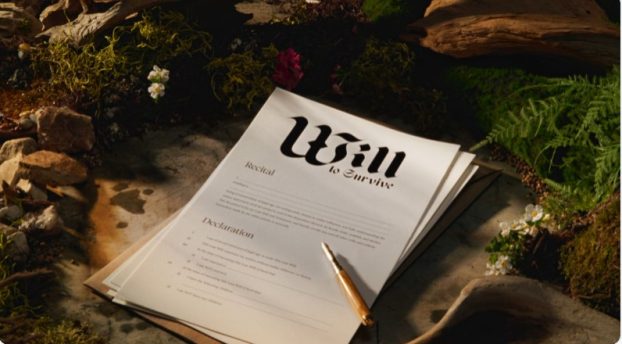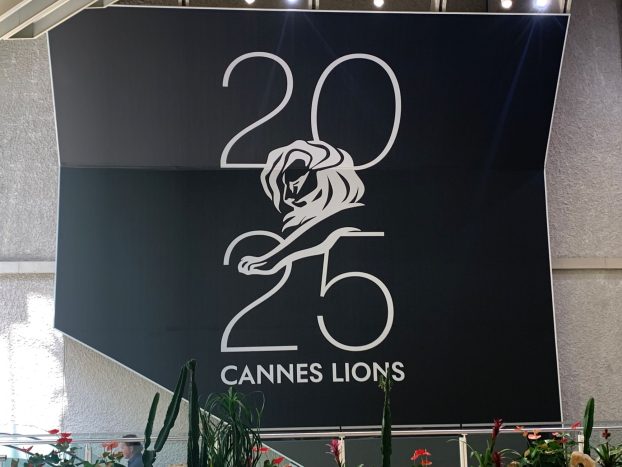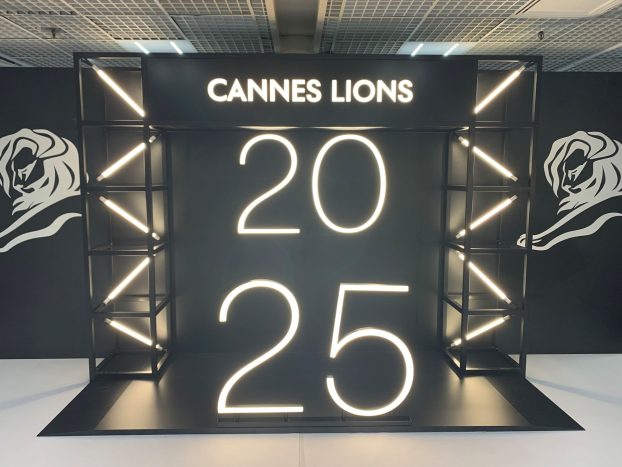The name Royal Doulton has traditionally been associated with fine china and high-end giftware from England. Now Toronto-based merchandise distributor Brandselite is extending the brand’s name to a woman’s fragrance.
Under an exclusive worldwide licensing agreement, Brandselite – in cooperation with Toronto firms Shikatani Lacroix Design, Riviera Concepts, and German fragrance-maker Dragoco – has bought the rights to use the Doulton name on a women’s fragrance.
Clothing designers and retailers have been doing the same thing for years: extending their brand names into brave new categories that may, or may not, bear any resemblance to the business that built the brand in the first place.
Success, however, depends in no small way on how easily the original image and associations of the brand will transfer to the new product.
Doulton is being touted as a sophisticated, high-end fragrance that will retail from $69 for a 50-millilitre eau de toilette spray, to $250 for the 30-millilitre bottle of perfume. A limited-edition perfume will be available for $750 later this year, according to Daniel Paquette, director of media relations for Heather Reid & Associates Porter Novelli in Toronto.
Everything about the new fragrance exudes the Royal Doulton brand, incorporating its well-known Oxford china pattern on the bottle’s cap as well as a sleeker interpretation of company founder Sir Henry Doulton’s signature.
Ethereal ad copy evokes dream-sequence imagery like a ‘whispering of promises and new beginnings’ and ‘strength and solitude of the pleasurable dance of your thoughts, circling in slow pirouettes of a rare moment alone in the scent of Doulton.’
National advertising, which will begin rolling out in mid-March, will include space in major women’s magazines, point of purchase in launch retailers Eaton’s and The Bay, and tv spots. Both the creative and media buy were handled by Toronto agency Palmer Jarvis DDB.
Brandselite already distributes and markets fragrances like Hugo by Hugo Boss, Pure and Forever by Alfred Sung, Givenchy’s Organza, and Envy by Gucci.
Even with all this going for it, the jury is out as to whether the unconventional extension will work. It’s one thing to make the fairly logical leap from fashion to fragrances. It’s quite another to make that leap from fine china and figurines.
‘Having great china doesn’t necessarily translate into the emotional purchase of buying fragrances,’ says Roslyn Griner, director of marketing for Coty, a division of Toronto-based Benckiser.
Coty distributes well-known Coty and Lancaster fragrance brands like Davidoff Cool Water, Stetson, Vanilla Fields, Joop!, Jil Sander, Aspen and Roots.
Griner says it is sometimes easier to relate to a fashion designer’s or clothing retailer’s fragrance brand because it is a natural extension of a type of lifestyle to which many people aspire. She cites the success of fragrances by Roots, the Gap, Tommy Hilfiger and Calvin Klein as examples.
Bruce Philp, Brand Engineer at Toronto-based Garneau Wurstlin Philp, however, comes up clearly on the side of the Doulton extension.
‘The brand has a lot of history and authenticity that goes beyond the physical and functional nature of the product,’ says Philp, who worked on the Royal Doulton brand while at Toronto-based Vickers & Benson.
Then there are those who say the Doulton brand is most associated in Canada with tea-sipping little old ladies. Will Novosedlik, a principal at Toronto brand identity and design firm Russell Inc., says a 25-year-old is less likely to respond to the Doulton name because fine china is not yet part of her life.
‘A number of companies take a big name which has a lot of history and do anything they want with it – sometimes it works and sometimes it doesn’t.’
Brandselite is banking that it will work, launching the fragrance initially in Canada with international launches to follow, including Saks Fifth Avenue in the u.s. and Harrods in the u.k.
According to Heather Reid & Associates’ Paquette, Royal Doulton’s image varies from market to market. He adds that in the u.k. for example, the company has targeted youth for some time now.
Sidebar: Surviving in the fickle world of fragrances
Quick: anyone remember that fragrance named after ’70s Swedish tennis sensation Bjorn Borg? How about the one named after histrionic songstress turned actress/ exhibitionist Cher?
If the answer is no, that’s because both, to be frank, tanked.
Roslyn Griner, director of marketing for Coty, says these and many other attempts to transfer one set of associations – those of celebrity – to the fragrance business, failed because consumers couldn’t relate to the lifestyles each celebrity represented.
Still, celebrity is ephemeral: you’re popular one week, doing Shopping Channel endorsements the next. What about strong and well-established retail brands that try the same thing?
Coty distributed Casmir, a fragrance by tony European jewelry retailer Chopard. It went badly, Griner says, because despite its cachet on the continent, no one but a few jet setters in Canada knew the Chopard name.
Meanwhile, another high-end jewelry and giftware retailer, Tiffany & Co. launched Tiffany (for women) in 1987 then Tiffany for Men and a new fragrance called Truest. According to the company, all are doing well.
‘The Tiffany brand is recognizable, hugely about status and relates to enhancing physical beauty,’ says Will Novosedlik, a principal at Toronto brand identity and design firm Russell Inc.
Bruce Philp, Brand Engineer at Toronto-based Garneau Wurstlin Philp, says that because so many fragrance brands have a short shelf life, any new brand needs a scent and a marketing budget that competes at the Chanel level.























